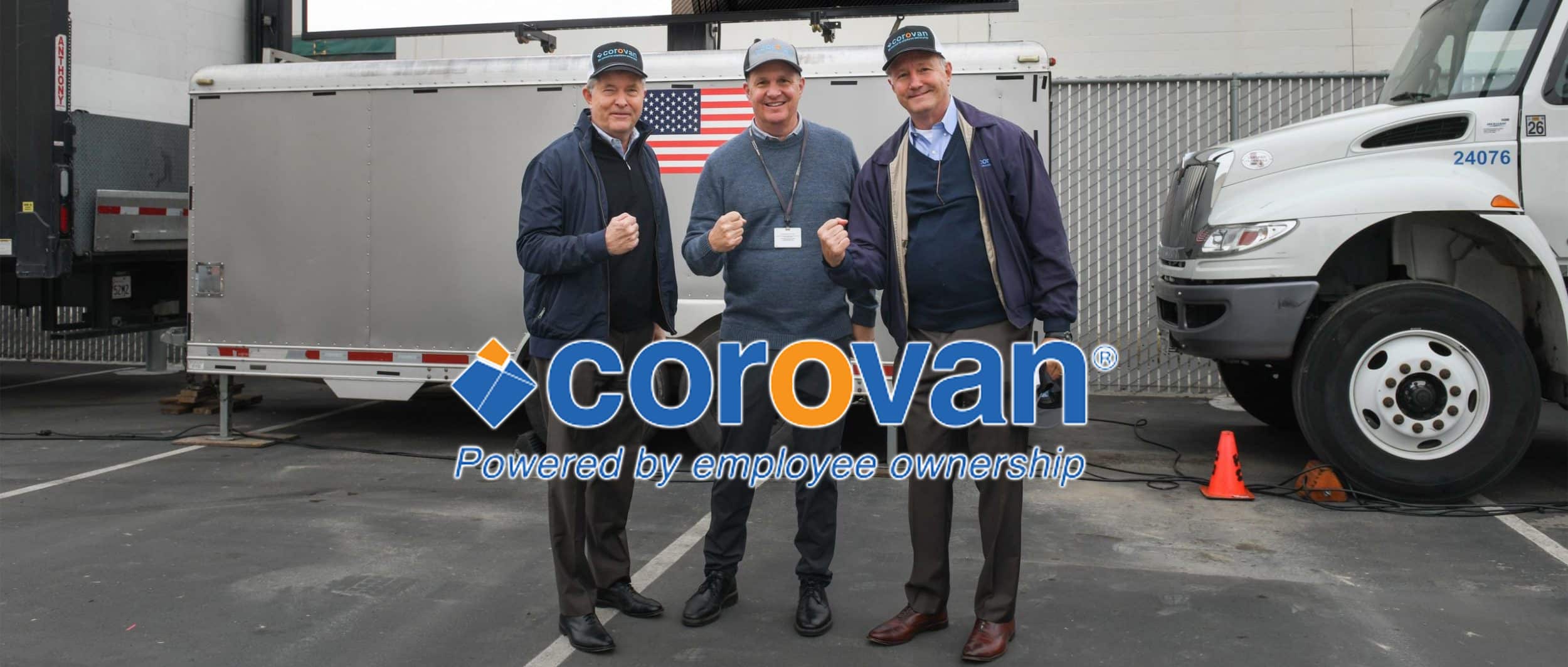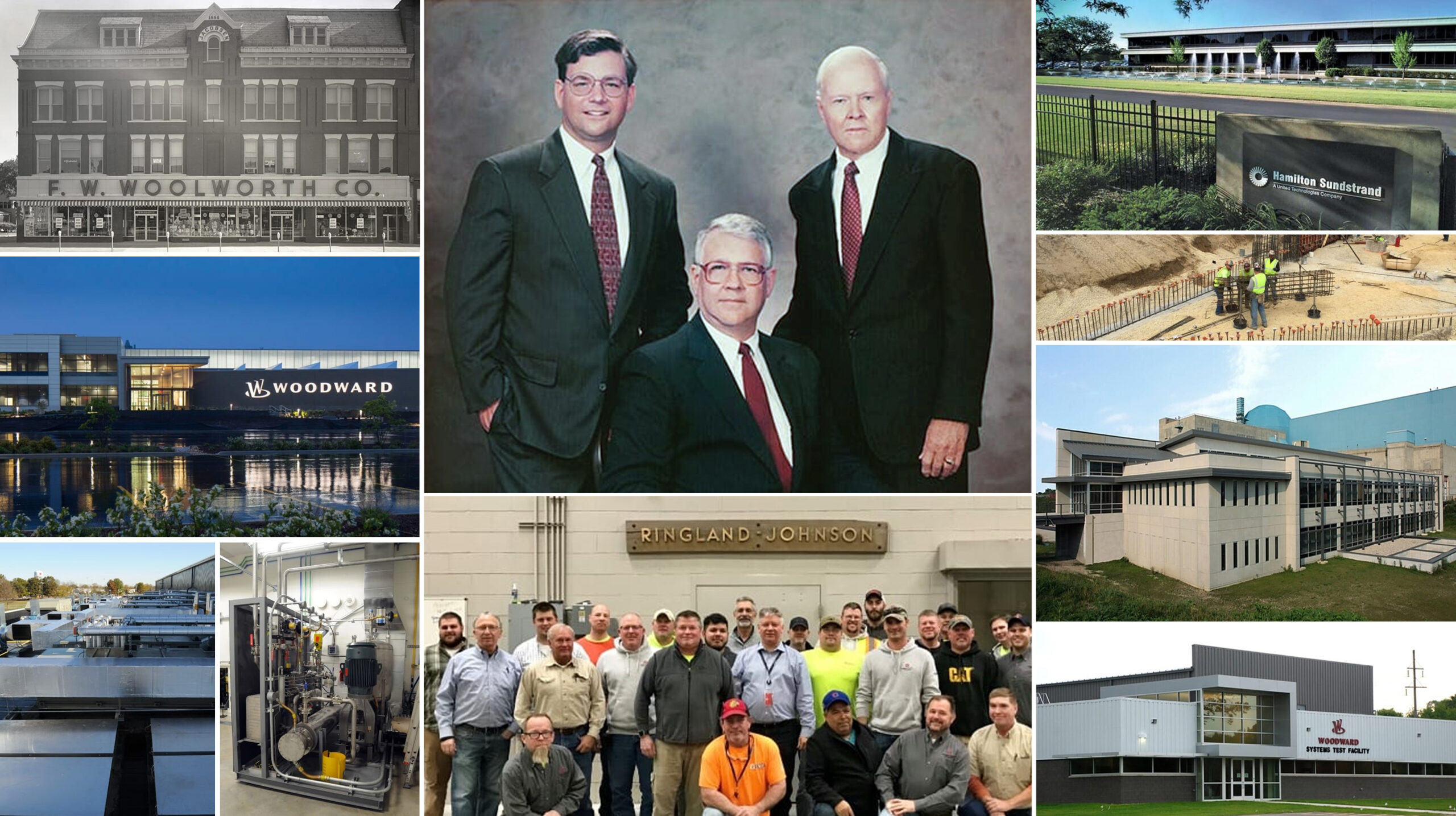Economic Stimulation and Solutions for Creating New American Jobs and for Protecting Existing American Jobs
By John D. Menke, Esq.
Historical Background of the American Dream
Since the very founding of the original thirteen colonies, America has always been known as the land of economic opportunity and as the most capitalistic country on the face of the earth. During the 1700s and the 1800s, immigrants by the millions came to our shores in search of the opportunity to participate in the American dream the opportunity to find a job and then later to become the owner of a farm, a ranch or a small business.

During most of the history of this country, Americans by the millions were able to realize their dreams. Although initially most had to work long hours in low paying jobs, many were eventually able to become capital owners.
Over the last thirty years, however, this dream has faded for millions of Americans as thousands and thousands of American companies, especially manufacturing companies, have either gone out of business or have relocated their manufacturing operation to foreign countries where wages and other operating costs are much lower than in the United States. As a result, millions of American jobs have been lost, and the American dream of becoming an owner of productive capital has become increasingly elusive for many of our citizens and their children and grandchildren.
How did it happen that over the course of the last thirty years, America has gone from being the land of economic opportunity, from being the land where almost everyone could aspire to become a capital owner, to being a country where wages have declined, jobs have disappeared, and job and ownership expectations have become greatly diminished?
The answer lies in the fact that over the last thirty years, we have failed to create sufficient incentives for capital formation, and for broadening the ownership of capital by average Americans.
During the first 200 years of our countty, providing for capital formation and for the broadest possible ownership of capital was relatively easy. During this period of our history, the principal source of wealth and of capital formation was land ownership. Unlike Europe, where the ownership of land was highly concentrated as a result of centuries of feudal ownership, land was plentiful in America, and ownership was readily available to anyone who was willing to stake out his claim and assume the responsibilities of ownership.
As has been aptly described by Hernando DeSoto in his book, The Mystery of Capital, from the very beginning, our government was extremely proactive in finding ways to make land ownership universally available to the average citizen. As early as 1642, for example, Virginia allowed “squatters” to purchase land at a price set by a local jury if the rightful owner was unwilling to reimburse the squatter for improvements made by the squatter. In 1772, N01th Carolina passed a law that granted squatters “preemption” rights for up to 640 acres. In 1774, Virginia also passed a law that gave squatters the right of “preemption” on land that they had improved.
In 1830, a coalition of Western and Southern Congressmen passed a general preemption act that applied to existing settlers and occupants of public lands as of 1829. This Act was renewed again and again in 1832, 1838, 1840 and 1841.
The Homestead Act of 1862, however, is the most celebrated example of our federal government taking a proactive approach to stimulate the formation of capital and to broaden the ownership of capital. The Homestead Act of 1862, signed into law by President Lincoln, enabled millions of Americans to acquire land ownership at a time when the opportunity to acquire capital had diminished and the American dream had started to fade. As a result of the Homestead Act of 1862, the American dream was restored, and millions of Americans again had the opp01tunity to acquire capital ownership. Probably more than any action ever taken by our federal government, the Homestead Act of 1862 was responsible for creating a large “middle class” of Americans who had a significant degree of capital ownership, together with sufficient purchasing power to sustain the long term economic growth of our country.
The building of the American transcontinental railroad system is another prime example of our government taking a proactive approach to stimulate the formation of capital and to broaden the ownership of capital. Congress realized that building a transcontinental railroad would stimulate economic growth and development, would stimulate trade and commerce between the Eastern states and the Western states, and would help to stimulate capital formation and the growth of jobs.
Realizing that building a transcontinental railroad system would require enormous sums of capital, Congress provided the funding by “giving” the railroads every other section of land (640 acres) along the railroad right-of way, with the understanding that the railroads would then sell off part or all of this land to raise the capital needed to build the railroad lines. All totaled, Congress gave over 318 million acres, almost one-fifth of all federal lands, to private railroad companies or to states, who would then redistribute the land to the railroads. Again, the result of this government action was to spur a tremendous increase in the formation of capital, and in the ownership of capital by average Americans.
With the rapid industrialization of the American economy in the early 1900s, ownership of capital gradually shifted from land ownership to the ownership of industrial enterprises. During the first half of the 20th Century, capital formation was still relatively easy, as access to credit was readily available, and the opportunities to start and own small businesses were plentiful.
The second half of the 20′” Century, however, witnessed an increasing trend toward mergers and consolidations, as companies struggled to become more competitive by becoming larger and larger. As industrial corporations became larger, and even became global corporations, individuals ceased to have the opportunity to acquire a meaningful capital stake in these large corporations. As a result, it is estimated that 95% of the corporate wealth of America is now owned by just 5% of the population.
As industrial corporations have become larger, they have also sought to maximize profitability by engaging in corporate downsizings, and by increasingly res01ting to the outsourcing of jobs to low wage countries. This, in turn, has led to reduced wages, increased unemployment and reduced purchasing power by average Americans.
Solutions for Creating New American Jobs
A short-term solution to the immediate problem of creating job opportunities for those who have lost their jobs due to downsizings and foreign outsourcing is for the Congress to adopt a five-year program for rebuilding America’s infrastructure. Vast capital improvements are needed to rebuild roads, highways, bridges, water treatment facilities, dams, electrical transmission lines, etc. Rebuilding these facilities will not only increase the nation’s wealth; it will also create hundreds of thousands of good paying jobs.
The long term solution to the decline of American manufacturing competitiveness, however, is to return to the solutions that have worked so well in the past. As we did when we passed the various “assumption laws” and “homestead acts” in the 1800s, we must put our faith in universal capitalism. We must create new incentives for capital formation, and we must create new incentives for simultaneously broadening the ownership of capital by average Americans.
The simple way to do this is to restore some or all of the investment tax credit provisions that were previously incorporated in the Internal Revenue Code (”IRC”) in 1975. There were two components of the investment tax credit that were included in the IRC in 1975. The first was a 10% investment tax credit that applied against the purchase of capital improvements. The second was a 2.5% investment tax credit that applied against the purchase of qualified employer securities by an eligible tax credit Employee Stock Ownership Plan (“ESOP”). The effect of the 10% investment tax credit was to spur a large increase in capital spending for plant improvements and plant additions.
The effect of the 2.5% tax credit for tax credit ESOPs was to spur a large increase in the ownership of company stock by company employees. The combined effect was that we had a significant increase in capital formation, as well as a simultaneous broadening of the ownership of capital.
The proposed 10% investment tax credit for the purchase of capital improvements, and the proposed 2.5% investment tax credit for the purchase of qualified employer securities by a tax credit ESOP, would be provided as an alternative to the current 30% bonus depreciation that is currently available under the provisions of the Job Creation and Worker Assistance Act. Companies could choose to utilize either the tax credits or the bonus depreciation, but not both.
It should be noted that these proposed tax incentives are relatively nominal compared to the tax and wage incentives that are offered to foreign investors in the “tax free enterprise zones” in Shenzen, China, Hainan, China, in Singapore, and elsewhere throughout Southeast Asia. In these tax free enterprise zones, in addition to low wages, foreign investors are offered quintuple tax exemptions (i.e. no income taxes, no capital gains taxes, no employment taxes, no sales taxes and no property taxes) for periods ranging from 10 to 20 years.
If America is going to compete with the extreme tax incentives offered by foreign “tax free enterprise zones,” surely we must be prepared to offer at least some tax incentives for American companies to build new plants and facilities here in America rather than in these foreign tax free enterprise zones.
Solutions for Protecting Existing American Jobs
Studies done by the National Center for Employee Ownership (“NCEO”), an independent research organization, by Northwestern University’s Kellogg School of Management, and by Hewitt Associates, an international employee benefits firm, have shown that companies that have a significant degree of employee ownership grow faster than comparable non-employee owned firms, and also create more jobs than comparable non-employee owned firms.
Although no studies have been done on the rate of off shore outsourcing that is done by employee-owned firms, it is fairly obvious that employee-owned firms are not as likely to engage in the foreign outsourcing of American jobs. Accordingly, measures that further increase the prevalence of employee ownership among U.S. firms will serve to prevent American firms from outsourcing quality American jobs to foreign countries.
Albeit the IRC contains several existing provisions which create tax incentives for privately held firms to adopt ESOPs, there are three additional provisions which should be adopted in order to provide further incentive to install such plans.
First, Section 1042 of the Code should be amended to extend the tax-deferral provisions of that section to corporations that desire to sell or divest corporate subsidiaries. Under the existing provisions of Section 1042 of the Code, gain upon the sale of stock of a privately held corporation is deferred only if the seller is an individual, a trust, a partnership or an S corporation. Gain is not deferred in the case of a seller that is a regular C corporation.
Corporate divestitures, however, represent a unique opportunity for employees to acquire the ownership of companies that are otherwise likely to be sold to competitors and thereafter downsized, or sold to foreign corporations, and thereafter moved offshore. To the extent these firms can instead be acquired by employees, American jobs will be protected and preserved.
Second, we need to create tax incentives that will counterbalance the increasing tendency of our economy to concentrate the ownership of corporate wealth into the hands of the few.
As mentioned above, Section 1042 of the Code provides a tax incentive for the transfer of ownership to employee owners whenever a privately held business is sold. However, the real problem is that the greatest source of capital growth is through bank borrowings by existing companies, and there are no tax incentives that serve to reverse the concentration of wealth that results from this method of finance.
Under the provisions of the Tax Reform Act of 1984, there was a temporary tax incentive (Section 133 of the Code) that addressed this problem by giving lenders a 50% income tax exclusion on any interest lenders earned on a loan to an ESOP. Unfortunately, this provision was not limited to privately held companies. Further, this provision served to benefit bank lenders more than company employees. Accordingly, this provision was allowed to lapse after a period of five years.
The solution to reversing the concentration of ownership that results from financing corporate growth through bank borrowings is to provide for an employment tax credit for funds that are borrowed through an ESOP, similar to the Empowerment Zone Employment Credit (“EZ Wage Credit”) that currently exists under the Code.
Under the ESOP employment tax credit, like the EZ Wage Credit, privately held companies would be able to take a tax credit of up to $3,000 per annum for each existing employee who would be covered in the ESOP. This tax credit, however, would apply only to the extent that funds are borrowed through an ESOP and are used to purchase newly issued stock of the employer. Further, this tax credit would apply only to the extent that resulting funds are used by the employer to purchase capital additions or to refinance an existing loan that was used to purchase capital additions.
Third, we need to create a secondary market for seller notes that are used, in whole or in part, to finance ESOP buyouts of privately held companies.
There are thousands upon thousands of private companies that are owned by management buyout funds, venture capital funds and pension and endowment funds. These companies are owned as passive investments, and it is usually contemplated that these holdings will be sold either to the public through a registered offering or to another management buyout group or strategic buyer after a period of five to seven years.
To the extent that these holdings are simply resold to other buyout funds or strategic buyers, ownership of capital remains concentrated in the hand of a few wealthy investors.
A better solution is to at least provide for an equal opportunity for such companies to be acquired by their management and employees. Unfortunately, it is seldom possible for an employee buyout to compete on a level playing field with traditional buyouts, due to the fact that an employee buyout must be 100% debt financed – whereas a conventional buyout group will usually be able to finance 25% to 35% of the transaction with investor equity.
In many cases, the buyout firm that currently owns the company would be willing to sell the company to an ESOP, except for the fact that the buyout fund would have to take back a seller note for 25% to 35% of the purchase price, and the holding of a seller note will substantially reduce the immediate rate of return that the fund will earn on the investment.
The solution to this problem is to set up a secondary market for these seller notes so that a buyout fund can immediately “discount” these seller notes and free up their funds for reinvestment in other companies. This is the same technique that is used when banks and mortgage brokers sell their mortgages to Fannie Mae, Freddie Mac or to Ginnie Mae in order to free up their funds for additional mortgage lending.
This technique could be adapted, with little effort, to create an alternative whereby buyout funds and other owners could sell their holdings to ESOPs and then sell their seller notes to a publicly held (or publicly traded) entity.
Paying for the Tax Incentives
Obviously, adopting the tax incentives mentioned above will result in a very small and short-term reduction of federal tax revenues.
However, I believe that part or all of the tax losses can be more than offset by generating additional tax revenues. This can be accomplished by amending the Code to allow carefully qualified baby boomers to take a I 0% advance distribution from their 401 (k) plans and/or from their IRAs once during each ten-year interval.
As Stanford economist Michael Baskin has noted, over the next twenty to forty years there will be a $12 to $13 trillion windfall from taxes that will accrue as baby boomers reach retirement age and begin taking money out of their savings plans.
I would argue that part of the sluggishness of the recent and current economy is attributable to the fact that baby boomers are saving too much money and spending too little money. In view of this fact, why not amend the Code to allow participants in 40 I (k) plans and IRAs to take advance distributions from time to time? These distributions would be subject to ordinary income taxation, but would be specifically exempted from the I 0% early withdrawal penalty.
The result would be to create an immediate and very powerful economic stimulus, and an immediate tax windfall, that would help to reduce the current budget deficit.
It should be noted that Section 401 (a)(28) of the Code already requires that advance distributions and/or diversification distributions of up to 25% of a participant’s account balance be offered to all participants in ESOPs once they reach age 55 and have completed ten years of service. Accordingly, permitting advance distributions from 401 (k) plans and from IRAs would not be setting a precedent because one already exists.
Conclusion
Creative and carefully implemented initiatives are needed to stop the loss of American jobs and the loss of our American manufacturing base. We cannot, and should not, attempt to prohibit the foreign outsourcing of all jobs. Many low-skilled jobs should in fact be outsourced to off shore low wage areas.
On the other hand, we must do everything possible to assure that quality American jobs remain in the U.S., and that America’s manufacturing base remains locally based and locally owned.
I believe that the above suggested measures will help to assure that American companies will continue to create new quality jobs, and that existing jobs will be protected to the maximum extent possible.







